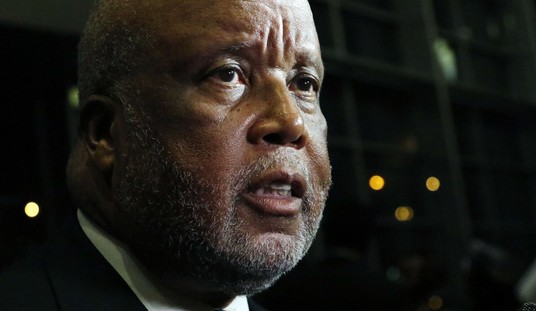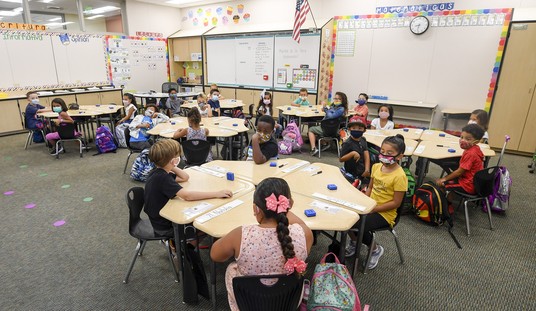The economy is growing, unemployment is low, wages are up, and inflation is down. However, the American people remain grumpy about the state of the economy. This puzzle was just investigated by four economists. They found that people often know that something is wrong even if statistics don't reflect the problem. In this case, people are perceiving that inflation is still, in fact, high.
For months now, Americans have been told that inflation's downward trend, from almost 9% annually to around 3%, should make them feel good about the economy. But it isn't working. A recent Gallup poll found that 63% say the state of the economy is getting worse and 45% think it's already "poor." One reason, many have speculated, is that while the rate at which prices are rising might have slowed considerably, prices remain very high. Food and rent in particular are still expensive. These prices are felt every day by Americans when they pay for their housing and go to the supermarket.
But that's not all. A new study from the National Bureau of Economic Research by economists Marijn Bolhuis, Judd Cramer, Karl Schulz, and Larry Summers finds that a change in the method used to estimate inflation today, compared to the method used in the 1980s, might well cause an underestimation of the true level of inflation.
The paper -- "The Cost of Money Is Part of the Cost of Living" -- highlights the overlooked impact of the highest borrowing costs consumers have faced in decades. From mortgages to car loans to credit card debt, those costs are up.
As the authors explain, the pre-1983 measure of inflation (the Consumer Price Index) counted the price and interest rate Americans paid to buy housing. The newer measure is based on what it costs to rent housing. Another way to think about it is if you buy a house this month, the monthly payments will be much higher than if you bought one three years ago. The same is true of a car or other purchase. But measuring inflation based on rental costs, which may not incorporate the sky-high interest rates of a new purchase -- doesn't reflect that difference.
Recommended
As Summers, the Treasury Secretary under President Bill Clinton, noted on X, formerly Twitter, "Pre-1983, mortgage costs were in the CPI as were car payments pre-1998. Now, price indexes do not include borrowing costs. Thus, when interest rates jumped last year, official inflation did not fully capture the effects it would have on consumer well-being."
Indeed, if we measured inflation as we did in the 1970s, the inflation that started in 2021 would have peaked at 18% -- double its reported peak. That's higher than the worst of the 1970s and '80s. Inflation's current annual rate would be about 8%.
As Summers notes, measuring inflation the pre-1983 way helps explain "70% of the gap in consumer sentiment we saw last year." Not surprisingly, Americans have a better sense of the state of the economy and their daily lives than economists who focus mostly on data, models, and indexes for information about the world.
I assume this paper by Summers and co-authors will revive the debate about how we should measure inflation. John Cochrane, over at the Grumpy Economist Substack, observes that to answer this question properly, you have to ask first what you're trying to measure:
"The new way is closer to the right if the question is to measure changes in the cost of living right now for the average person. ... Most people live in older houses with fixed mortgages, so higher prices and mortgage rates for new houses don't affect them. People who rent don't care. While higher interest rates are a cost to borrowers, and higher house prices a cost to buyers, higher interest rates are higher income to savers, and higher house prices are a boon to downsizers. Those wash on average."
But if the question instead is whether Americans feel that their lives are improving from a few years ago based on the idea that inflation is allegedly falling and they can rent a house just like theirs for less money, then the answer is different.
The bottom line is that, while the question of how best to measure inflation has no single and straightforward answer, one mystery has been solved by Summers and his co-authors. People aren't crazy. Even if every media outlet and the president continues to insist that ordinary Americans' lives are getting better because of falling inflation, we know that's not right.

























Join the conversation as a VIP Member